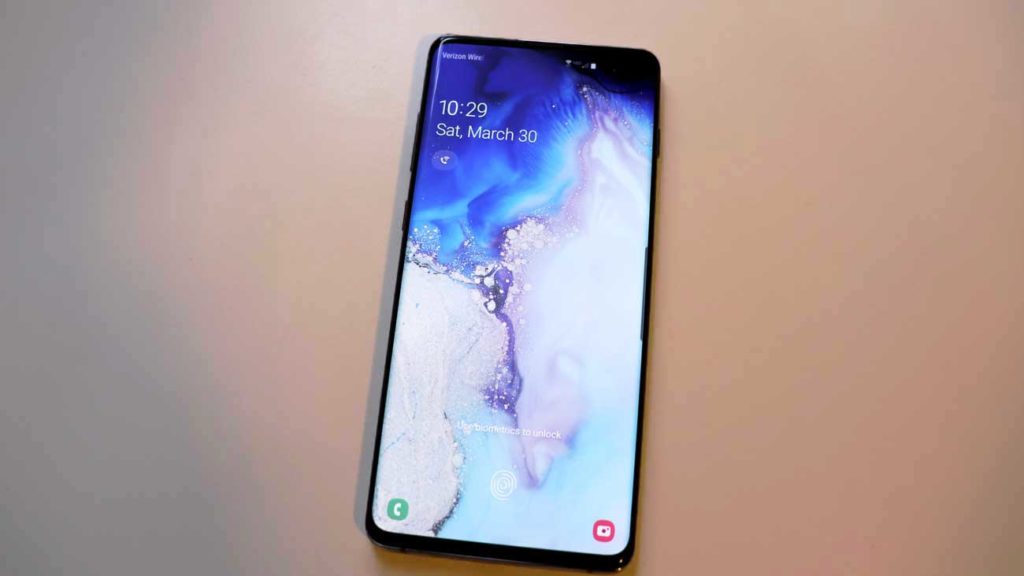California legislators passed a law this week that will put a remote kill switch in every smartphone sold in the state after July 1, 2015.
The kill switch would allow a smartphone owner to remotely wipe everything on a device and make the smartphone unusable in case the device were stolen. The bill was passed to hopefully make stealing a smartphone less attractive of an option for thieves.
Manufacturers might as well begin installing the function on every phone though, because it’d be a counterproductive business strategy to install the function only on the phones destined for California buyers. In fact the big industry players — Apple, Google and Microsoft — have already made announcements that they’re planning on adding the “anti-theft software” to devices anyway.
Minnesota passed similar legislation in May, making it the first state to enact a law regarding a kill switch. Minnesota’s bill only requires devices to have the ability to be remotely disabled though — meaning users must install and enable the feature for it to work. Meanwhile California’s law will put the software on phones fresh out of the box. Illinois, New York and Rhode Island also have kill switch legislation being considered.
The idea for installing kill switches came from a number of troubling reports that people were having their smartphones stolen more often, and in many cases in a violent manner.
A Consumer Reports survey, released in May, said that close to 3.1 million Americans were victims of smartphone theft in 2013. Which is nearly double the number of victims from 2012, according to the survey.
While many law enforcement agencies and the families of those who’ve lost loved ones in violent smartphone theft incidents applaud kill switch legislation, privacy groups aren’t fans. This is why they’re concerned: California’s legislation gives law enforcers the OK to activate the switch, and the language allowing them activation can be interpreted a number of ways. The bill states authorities may use the “switch” as guided by the state’s Public Utilities Code (Section 7908):
“If a governmental entity reasonably determines that an extreme
emergency situation exists that involves immediate danger of death
or great bodily injury and there is insufficient time, with due
diligence, to first obtain a court order, then the governmental
entity may interrupt communications service without first obtaining a
court order…”
Since the interpretation could be used in a number of ways, the fear is that local law enforcement, or even federal authorities, could abuse the “switch.” Privacy groups are also worried that the switch could make smartphones more vulnerable to hackers. And we all know how troublesome hackers have been…
CTIA – The Wireless Association, the trade association for the wireless communications industry, has also spoken out against the kill switch. The association’s Vice President of External and State Affairs Jamie Hastings spoke in March against Minnesota’s bill. He said legislation requiring kill switches is impractical, because “consumers who want the ability to disable their lost or stolen devices can do that now.” (Read Hasting’s full testimony here)
Minnesota’s and California’s law both go into effect July 2015. Also, most smartphone manufacturers’ (voluntarily installed) software will begin appearing on phones at the same time.
(Main image by Philcampbell/ CC BY 2.0)

